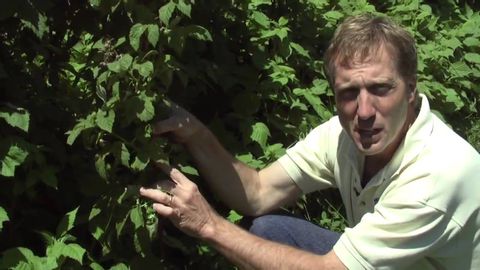
Subtitles & vocabulary
Video vocabulary
come
US /kʌm/
・
UK /kʌm/
- Intransitive Verb
- To arrive at a place
- (Of mail) to be delivered
- Verb (Transitive/Intransitive)
- To move toward someone; go with someone
A1
More fall
US /fɔl/
・
UK /fɔ:l/
- Noun
- Season after summer and before winter; Autumn
- A drop in amount; decrease
- Intransitive Verb
- To drop in amount; to decrease
- To come down from a higher position suddenly
A1
More ground
US /ɡraʊnd/
・
UK /graʊnd/
- Transitive Verb
- To break (coffee, etc.) into tiny bits with machine
- To make sharp or smooth through friction
- Intransitive Verb
- To make loud jarring noise by pressing hard
- To hit the bottom
A1
More call
US /kɔl/
・
UK /kɔ:l/
- Noun
- A order or request for action
- The sound an animal makes, often when in danger
- Verb (Transitive/Intransitive)
- To make a request or order for action
- To visit a place or person for a short time
A1
More Use Energy
Unlock All Vocabulary
Unlock pronunciation, explanations, and filters
